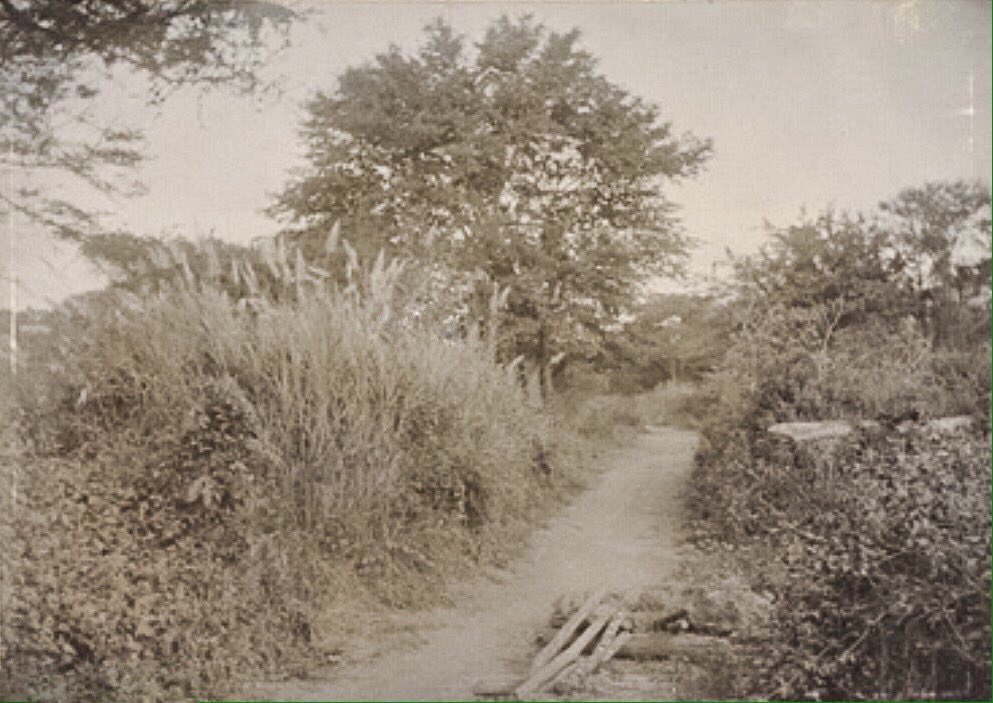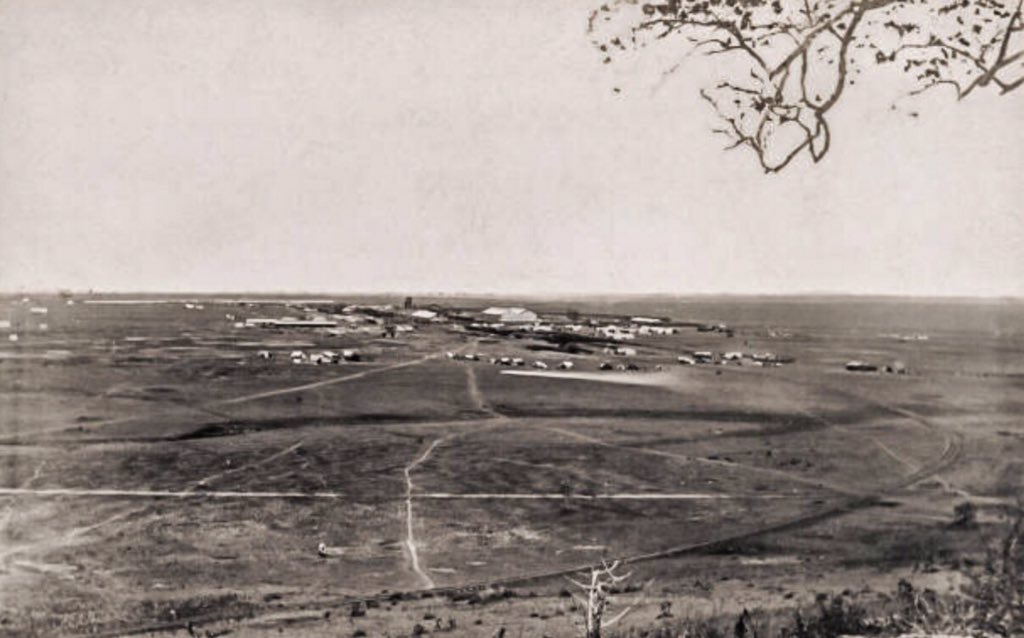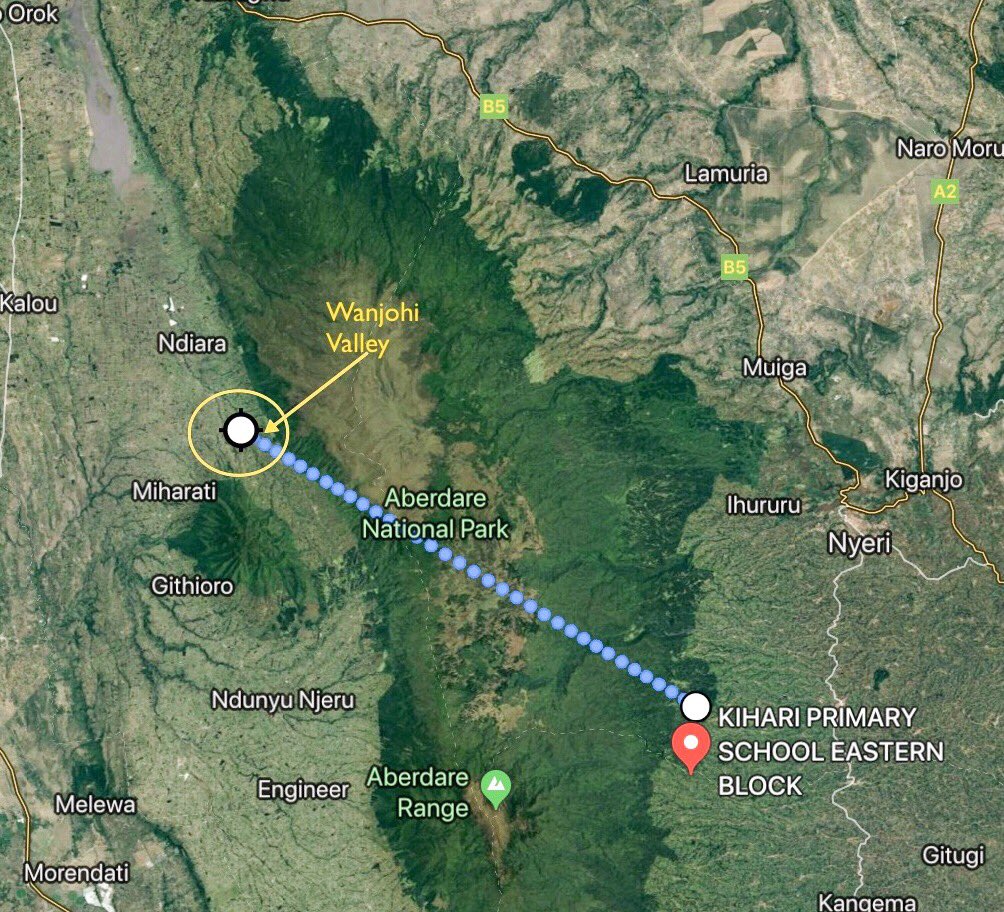
Perhaps.
According to R. W. Walsmey, author of a 1957 publication, Nairobi: The Geography Of A New City, Dr. Pringle deprecated the suitability of Nairobi as a future city.
By August of 1893, Hall’s ox cart road had already reached Athi River, nearly 39 kilometers from the start.
According to Prof. William Ochieng, Capt. G.E. Smith oversaw the construction of the remainder of the supply route from Fort Smith towards Kavirondo.
Let’s continue.




















